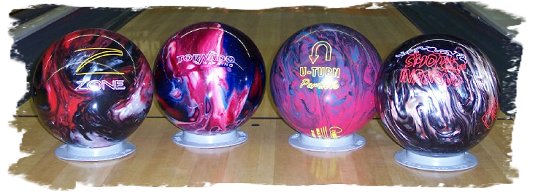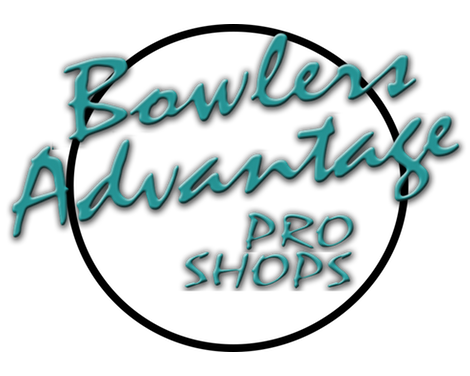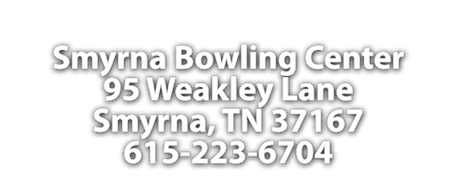Bowling Ball Basics

Here are a few quick basics on the construction of a bowling ball:
A bowling ball is primarily composed of two major parts: the Coverstock and the Weight Block.
The Coverstock is the outer shell of the bowling ball, it is the part of the ball that you see. It is also the most influential element of the ball when it comes to hook potential because it is the part of the ball that is actually making contact with the lane surface.
Bowling balls are made of four main different types of Coverstocks-Plastic, Urethane, Reactive Resin, and Particle (Proactive). The big difference between these coverstock materials is how they perform and react on the lane surface. When a ball is rolled down the lane, friction is created from the contact between the coverstock and the lane surface. The more friction created from this contact usually means more hook potential. How much friction is created will vary depending on the ball’s coverstock type.
- Plastic– This coverstock is a very smooth surface and offers the least friction and therefore has the least hook potential available. This type of ball is good for beginners who desire their own ball with a proper fit to their hand. Intermediate and advanced bowlers also use this type of ball for shooting spares as it is a very predictable reaction due to its very low hook potential.
- Urethane– This coverstock is more durable than plastic and offers more friction between the ball and the lane surface. Therefore, urethane has a higher hook potential than plastic. Due to the increased friction on the lane, urethane tends to deflect less which results in better pin action. This type of ball is a good next step up from a plastic as it is still very controllable yet offers increased hook potential.
- Reactive Resin– This coverstock is actually less durable than plastic or urethane, but offers much more friction, hook potential, and pin action. Due to the much higher friction they create, reactive resin balls tend to be more sensitive to lane conditions, and operator error too, and therefore are generally a little more difficult to control. This type of ball is designed for the intermediate or advanced bowler who desires a lot of hook-ability and an “arsenal” of potential lane reactions.
- Particle (Proactive)– This coverstock is a snow tire with chains! The surface of this coverstock has a “bumpy” feel to it allowing the ball to dig into the lane surface creating the most friction available on
heavily oiled lanes. This type of ball is a must for the intermediate and advanced bowler’s arsenal. - heavily oiled lanes. This type of ball is a must for the intermediate and advanced bowler’s arsenal.
The Weight Block of a bowling ball is found inside the ball beneath the coverstock (shell). There are two main types of weight blocks— High Mass and Low Mass.
 |
A High Mass weight block is usually a pancake shaped weight block that is usually placed close to the shell of the ball (see picture). This type of weight block promotes a lot of length down the lane as it does not tend to allow the ball to get into a heavy roll. |
 |
A Low Mass weight block can be a variety of shapes and densities and is usually placed more towards the center or middle of the ball (see picture). This allows for a heavier roll which helps increase hook potential. |
As you can see, there is a lot of technology that goes into today‘s bowling balls! And we have only scratched the surface with these brief explanations! Stop into Bowlers Advantage Pro Shop and have one of our trained professionals assist you in your ball selection. We can also watch you bowl with your current equipment and make recommendations based on your ability and desire.


